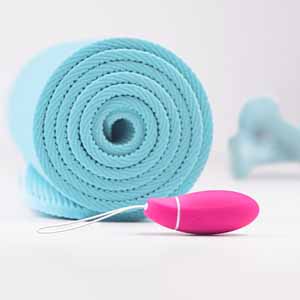Evaluation of the factors contributing to success of pelvic floor muscle training in stress urinary incontinence

All claims expressed in this article are solely those of the authors and do not necessarily represent those of their affiliated organizations, or those of the publisher, the editors and the reviewers. Any product that may be evaluated in this article or claim that may be made by its manufacturer is not guaranteed or endorsed by the publisher.
Accepted: 20 June 2022
Authors
Pelvic Floor Muscle Training (PFMT) is an effective, non-invasive, and cost-effective treatment for Stress Urinary Incontinence (SUI). However, its success rate varies. We evaluated the factors predicting success in PFMT, such as age, initial urinary leakage, initial pelvic floor muscle contraction strength, urethral hypermobility, and myostatin level. A nested case-control study was conducted at Dr. Cipto Mangunkusumo hospital between February and October 2021. We evaluated demographic characteristics, UDI-6 and IIQ-7 questionnaire scores, physical exam, pad weight test, urethral hypermobility ultrasound, perineometry, myostatin level, and we instructed the subjects in PFMT according to a guidebook. After 12 weeks of PFMT, we evaluated therapy success, defined as less than 3g on the pad weight test. The study involved 58 women: 5 subjects dropped out, 47 subjects reached treatment success, and 6 subjects did not reach treatment success. Following bivariate analysis, we found that initial pad weight was the only variable that was significantly associated with treatment success (p=0.001, 95% CI: 1.02 – 2.25). The PFMT success rate was 88.68%, and initial urine leakage lower than 6.5g predicts PMFT success with 80.9% sensitivity and 83.3% specificity (p=0.001, 95% CI1.02–2.25).
How to Cite

This work is licensed under a Creative Commons Attribution-NonCommercial 4.0 International License.






